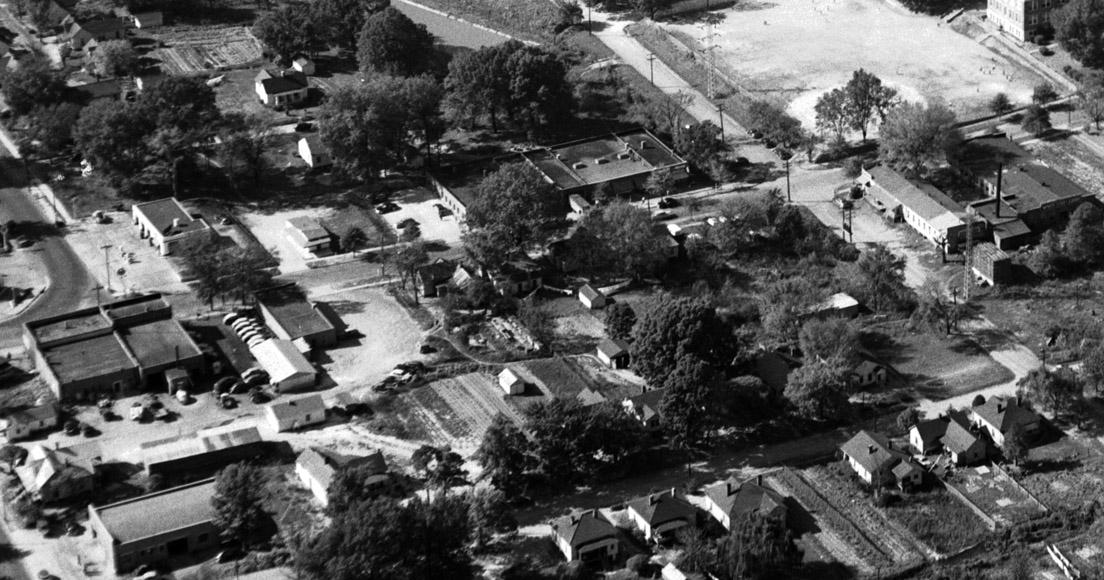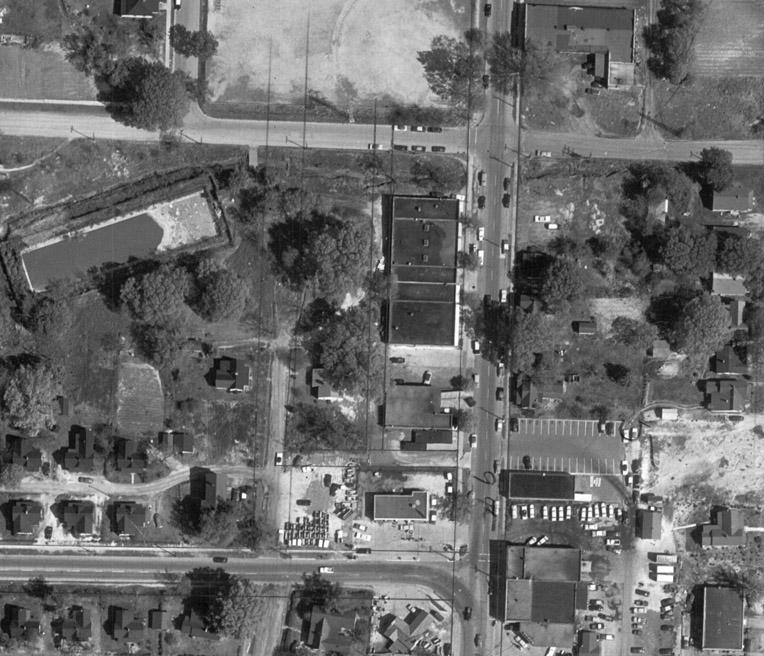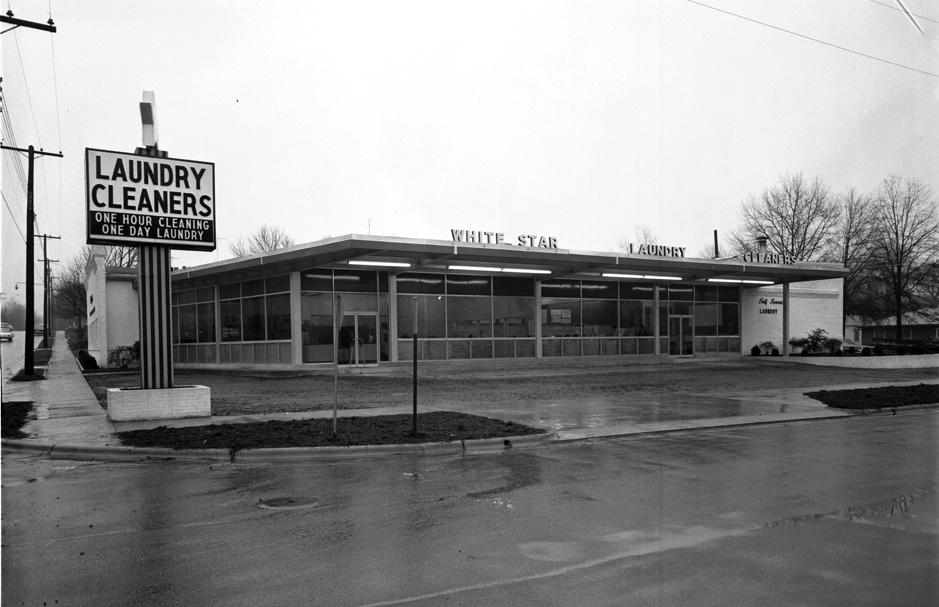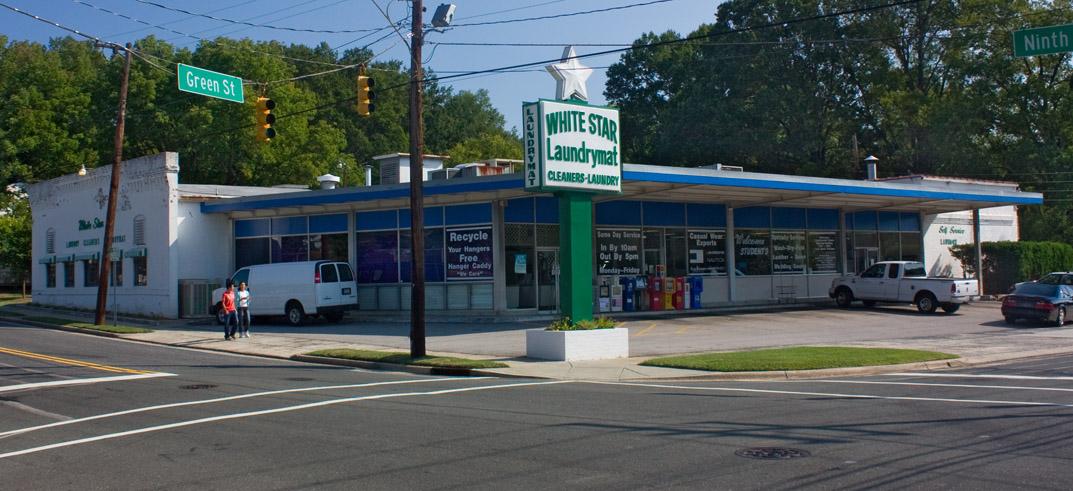Support OpenDurham.org
Preserve Durham's History with a Donation to Open Durham Today!
OpenDurham.org is dedicated to preserving and sharing the rich history of our community. Run by our parent nonprofit, Preservation Durham, the site requires routine maintenance and upgrades. We do not ask for support often (and you can check the box to "hide this message" in the future), but today, we're asking you to chip in with a donation toward annual maintenance of the site. Your support allows us to maintain this valuable resource, expand our archives, and keep the history of Durham accessible to everyone.
Every contribution, big or small, makes a difference and makes you a member of Preservation Durham. Help us keep Durham's history alive for future generations.





Comments
Submitted by Paula (not verified) on Fri, 10/2/2009 - 8:25pm
That's a particularly interesting post. I especially took a small joy in the now huge trees behind the laundrymat, because they've survived too!
Submitted by Anonymous (not verified) on Sat, 10/3/2009 - 4:20am
It's amazing how original the building has remained. It's a shame they lost the business name in letters on top of the structure. Perhaps Durham's stringent sign rules??
Submitted by Anonymous (not verified) on Sat, 10/3/2009 - 8:17pm
Off topic, but I used to take my clothes to the Jack Rabbit Laundry in Durham in the late '60's. They also served as my bank since they'd routinely cash checks for over the amount of the bill. Wonder what happened to them?
Submitted by Tim Egan (not verified) on Sun, 10/4/2009 - 9:31pm
What is that large concrete pool in the upper left hand corner of the photo? It's still there today, although it's covered by woods and fenced off, and I've always been curious as to what it was.
Submitted by Peel (not verified) on Tue, 10/6/2009 - 2:50am
Tim: good eye! Could that be a reservoir for the mill that was torn down?
Submitted by Gary (not verified) on Tue, 10/6/2009 - 11:36am
Tim, Peel
The pool is a former mill pond that was used to collect water coming out, not going in. There were several of these around Hillsborough Road - this is the last remaining one. They evidently were multi-colored at times from the dyes used in textile production.
GK
Add new comment
Log in or register to post comments.